7 Differences between the NFL & CFL

I know what you’re thinking. Free agency is upon us and I’m writing a list that you might find on WatchMojo.com’s unemployed/divorced Dad spin-off channel?
IHadtoPawnMyWatchMojo.com?
Let me explain.
Part of what we do here is obviously cover the news of the day, but we also cover football more generally and try to delve into the history of the sport and team(s) we all love. I was perusing the click-hole that is Wikipedia tonight and came across the following description of where football came from (I’m paraphrasing):
Both Canadian and American football descended from the rugby that was played among British soldiers stationed in Montreal, Canada. When the McGill University students started playing a series of this same game against Harvard, people began to show interest, and a new sport was born.
That got me to thinking of the differences between American and Canadian football as even though Canadian and American football share the same origin story, they developed in a different way.
In this article, we’ll explore those differences in more detail to give everyone a quick breather during all this free agency craziness. On top of that, we’re THIS close to launching our re-branded company name/site/app (UFFda! Sports) which will come with a brand new extensive video arm. So, stay tuned for the video version of this piece down the road as well!
The Size of the Field
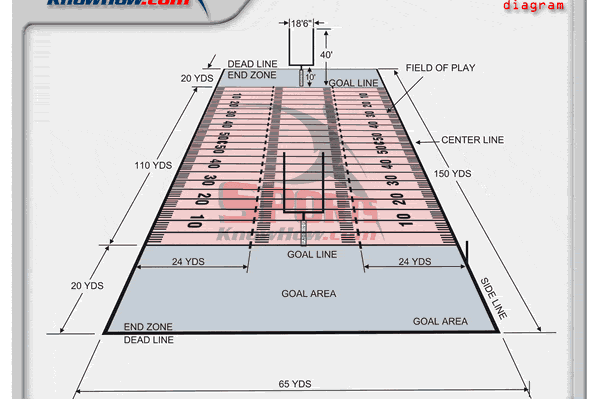
One of the biggest and most important differences between American and Canadian football is the size of the field.
Canadian football is played on larger fields than the ones on which American football games are played. As everyone reading this article knows, the Vikings play on a field that is 100-yards long. Most people don’t know off-hand how wide the field of play is (spoiler alert: it’s 53-yards).
Canadian football players play on a 110×65 yard field. Meaning that, if I know my math, the players in Canadian football perform on both larger and wider terrain.
This can be of great consequence for a player who played Canadian football and then ends up playing in the NFL. Depending on the position, this can make one player’s job easier or more difficult.
A wide receiver, for example, has much more room to work with up in Canada. A cornerback or safety has more room to cover, which can make their job complicated. But, since most of these players come from college teams in the US, it’s mostly a moot point or something that players re-acclimate to relatively quickly.
The Number of Players
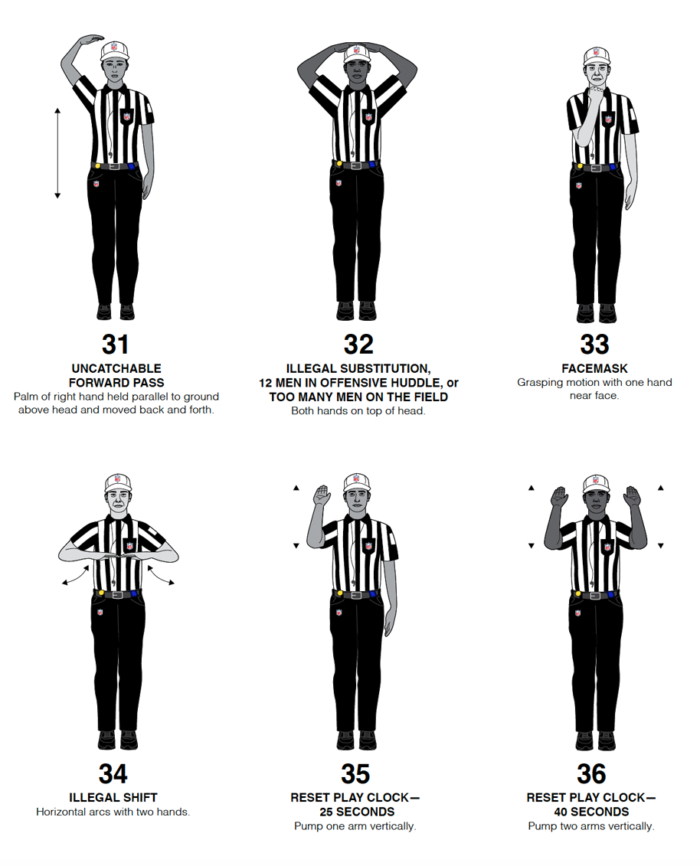
So that explains the 2009 NFC Championship game! Childress thought we were in Canada!
Even though Canadian football boasts a bigger field, it makes up for the space with the number of players on the field. NFL fans are used to the usual 11-member team units (offense/defense). In the Canadian version, thought, there are 12 players. This extra member results in different positions on the field, but also a different view on the game as a whole.
This can also have a great impact on the way sports betting fans perceive football in Canada and in the United States. While sports betting fans in the USA are used to the usual NFL strategies when making their predictions, CFL fans who visit top payout online gambling sites have to account for an additional player in the offense (or as those crazy bastards up North call it: offence), which changes the concept of wagering entirely.
Even though Canada has plenty of online casinos that accept sports wagers, making it easier for the local betting fans to find good wagering opportunities, it doesn’t change the fact that their betting strategy and predictions are more complex and require more knowledge about the game than the ones made in the USA.
Amazing what one additional variable can do.
Fair Catches
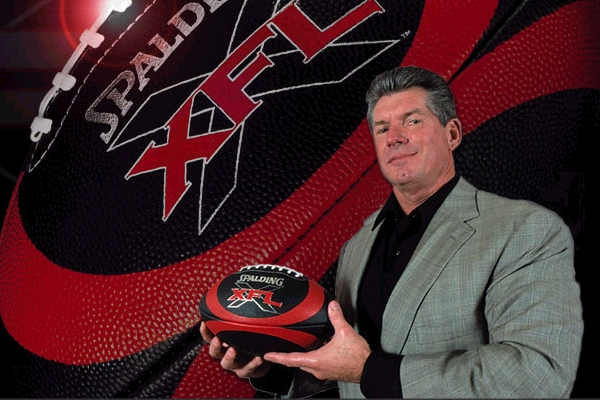
Vince McMahon seen here holding bankruptcy
Believe it or not, the fair catch rule is only reserved for the NFL players. In the US, punt returns are allowed to give a signal if they can’t or don’t want to catch-and-return the ball.
According to the fair catch rule, the opposite team must allow that player to catch the ball when they make the proper signal. That rule is something that the XFL felt was egregious, although for the first iteration of the recently shuttered (again) league it lead to unexpected consequences like punt returners refusing to field punts at all.
In Canada, there also is no such rule. However it isn’t as hardcore as it sounds (it is Canada after all) as players from the punting team have to stay five yards away from the ball. So you’re saying that every punting team in the CFL is the 2020 Minnesota Vikings? But the Vikings were trying. Sadly.
What About the Number of Downs
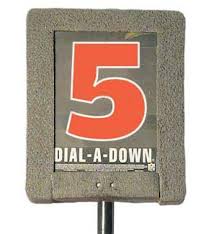
Another important difference between the two versions of the most popular sport on the North American continent is the number of downs allowed.
The CFL only has three downs, compared to the NFL’s four. When compared to their neighbors in Canada, NFL players can seem a bit privileged in terms of … Well everything. NFL players are paid better, protected better, and have less defenders to deal with and an extra down as well. Those differences are what make the Canadian players train harder to be better…. To hopefully become one of those privileged NFL players.
Pre-Snap Movements
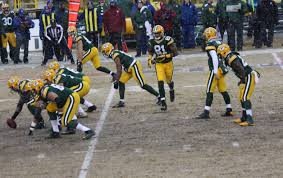
The Wikipedia image for PS Motion showing the Packers preparing to get away with holding
In the CFL, the backfield players are allowed to move in any direction, but only if they remain behind the scrimmage. On the other hand, in the NFL, one player has permission to run during the snap, but not towards the scrimmage area.
This allows receivers to get a full head of steam before the ball is snapped which, when combined with the additional room to operate with gives the offense a great advantage.
Perhaps all the privileges aren’t in the NFL, after all. However, one player’s privilege is another player’s disadvantage, so… Ignore basically all my interpretations thus far.
Extra Point(s)
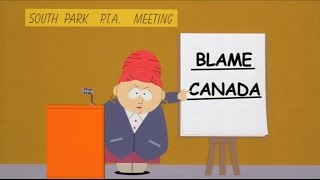
When it comes to scoring additional points after touchdowns, both the NFL and the CFL allow the teams to try for one-or-two points. However, these two versions of football differ when it comes to ball placement when going for additional points after a touchdown.
So. There’s that. I knew I should’ve used the fact that coaches in the CFL call a “bootleg” place the “Abootleg” … Get it?
Time
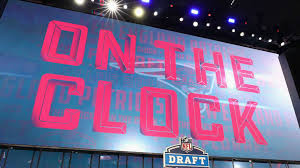
Hickory dickory dock….
Okay, for this one I’m just going to default wholly to Wikipedia as it’s so convoluted that it gave me a nose bleed (or as they say in Canada, a nose aboot!):
In all levels of Canadian football, the offensive team must run a play within 20 seconds of the referee whistling the play in; in amateur American football, teams have 25 seconds from the time the ball is declared ready for play. In the NFL, teams have 40 seconds timed from the end of the previous down. Before 2008, in college football, the play clock was 25 seconds after the ball was set, but the clock was not stopped for the ball to be set unless the previous play resulted in a stoppage of the clock. Now, the same intervals as the NFL are used, with minor differences for the final two minutes of each half.[2] In high school football, starting with the 2019 season, teams will use the 40-second play clock as in the NCAA and NFL, with minor exceptions.[3] Various professional leagues have used their own standards; the original XFL and Alliance of American Football, for instance, used a 35-second play clock to encourage faster play; the revived XFL uses a play clock measured 25 seconds from the spotting of the ball. Arena football used a 32-second play clock.
So there you have it!
Everything you never wanted to know about the CFL! So, if-and-when COVID abates you’ll wow your friends at the bar with the above trivia and lazy one-liners about Canada.
Bonus:
The NFL is entertaining.

You must be logged in to post a comment.